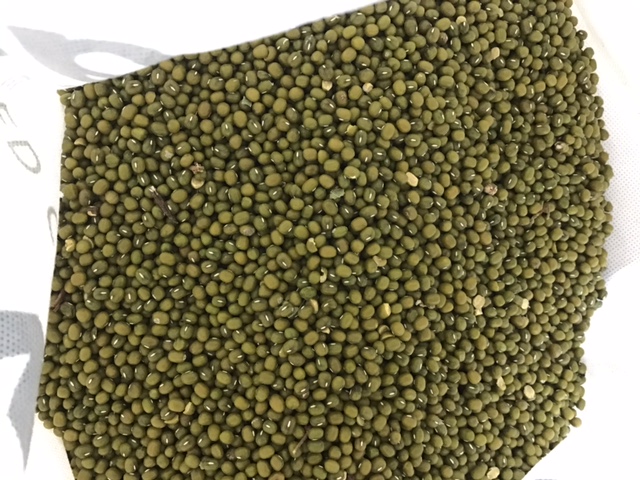Over the course of the last decade in this dual industry role of mine, I constantly find myself addressing many MRL issues, or Maximum Residue Levels/Limits.
These MRLs refer to the highest levels of agricultural pesticides legally permitted in or on harvested grain.
When mentioning our agricultural pesticides group, I mean our herbicides, fungicides, and insecticides, which cover most of our regular products.
These limits can be set by the country of origin.
However, much of the international standard of Codex has been applied to these MRLs for countries importing grain and testing it.
Unfortunately, more and more these days, other countries that import our grain, and even others, are developing their own pesticide regulations and MRLs.
These could well be below any Australian or international Codex pesticide levels that we have previously operated under.
So, we have a difficult situation, with many commonly used pesticides registered for our Australian practices with our own established MRLs.
To add to this, our overseas export customers may be lowering their own residue limits even further.
Could it be more like an artificial trade barrier?
All I can say is perhaps, but not in all cases.
To give you some idea of these MRL numbers, I am talking about a measurement of 0.01 mg per kg, which is equivalent to 10 grains of wheat in a 50-tonne truckload.
That’s not many when you consider there are roughly 30,000 seeds in a kilogram of wheat.
The measuring sensitivity has really increased over the last decade or so.
However, the customer is always right, and somehow we need to comply with these newer standards of pesticide residue on our export grain.
It is therefore extremely important that we all stick to registered pesticides at the maximum allowable rates, with correct timing, and allow the proper WHP (Withholding Periods) to elapse.
Export crops like mungbeans (pictured) certainly come under scrutiny from our overseas trading partners.
The Australian Mungbean Association is well aware of these potential new requirements and is constantly looking at newer in-crop options for controlling pests while still delivering a top-quality, clean, green mungbean product.






